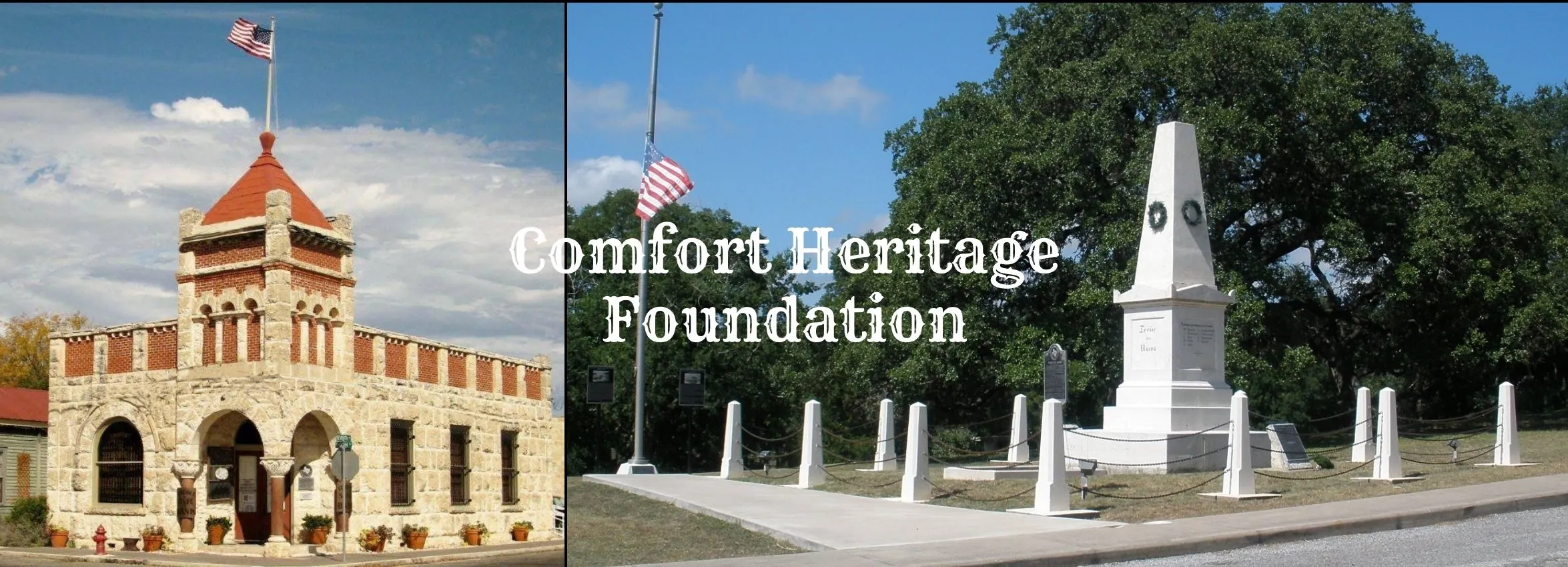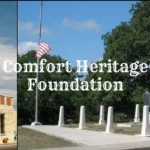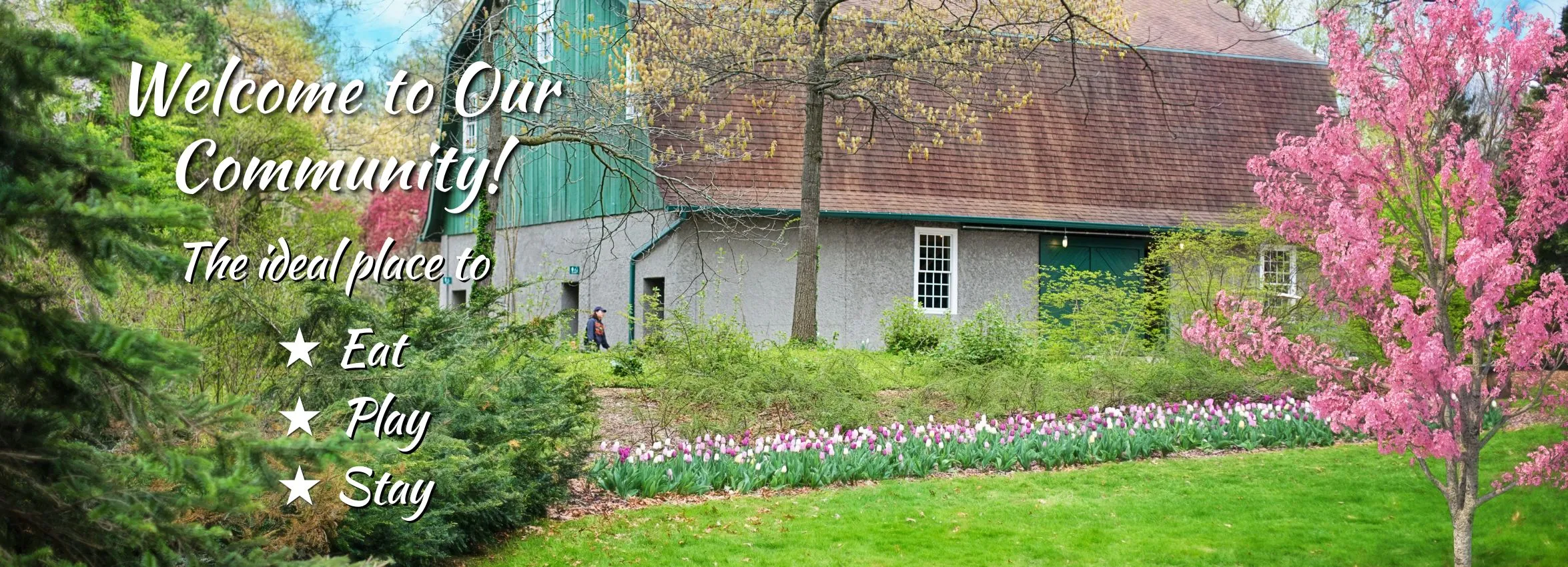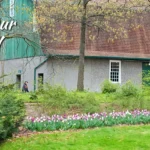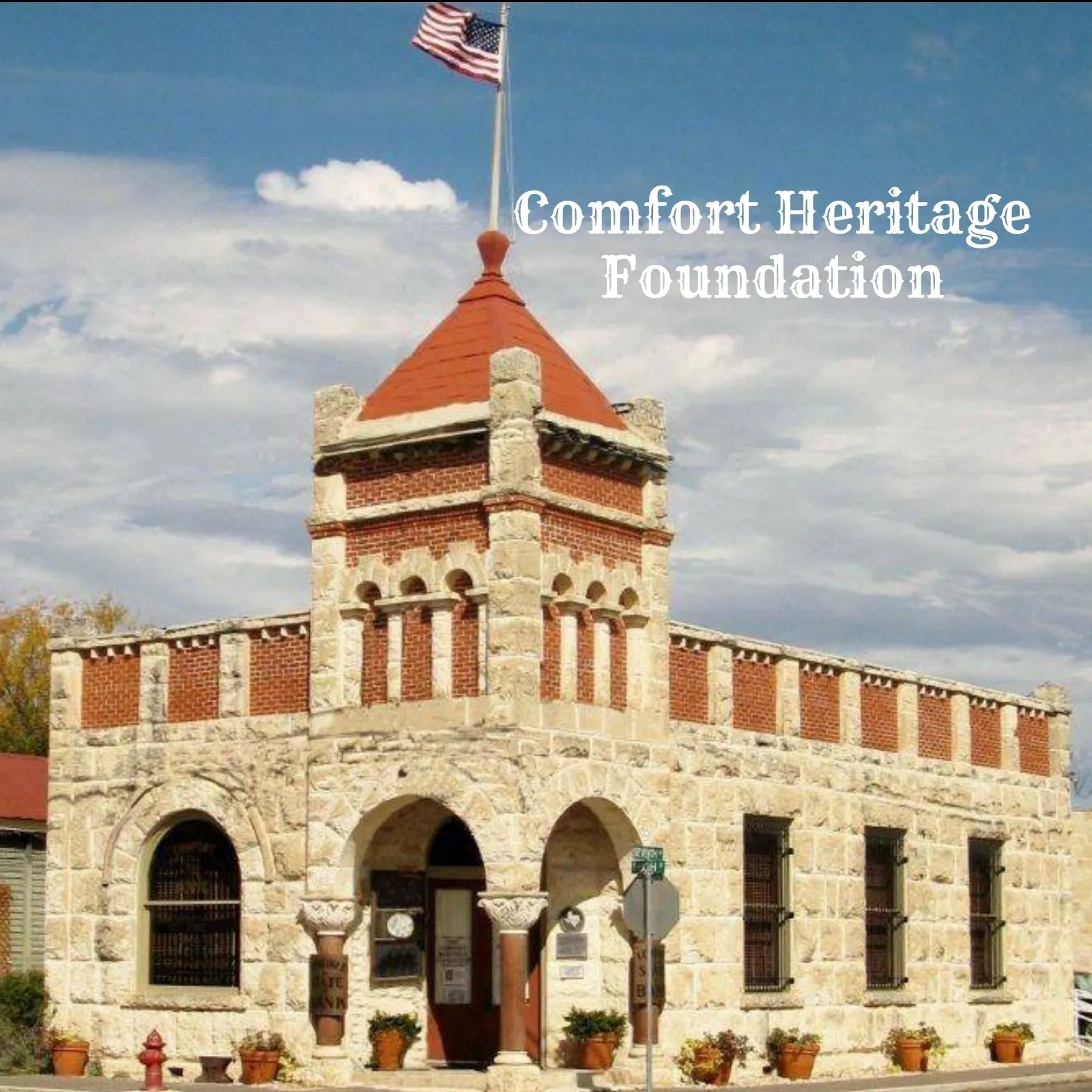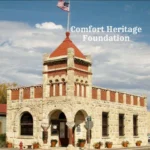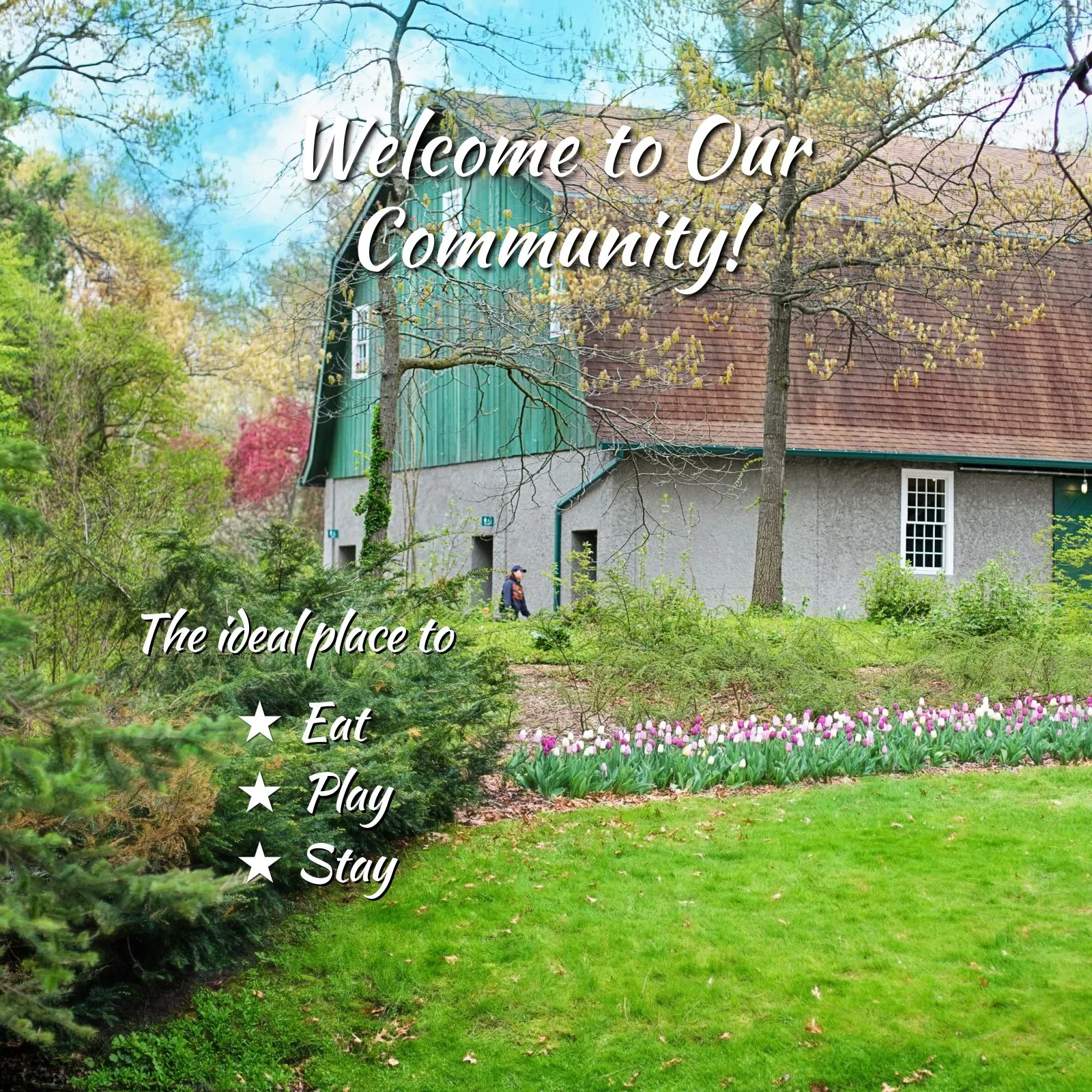History of Comfort, Texas: A Journey Through Time in the Heart of Hill Country
Nestled in the beautiful Texas Hill Country, Comfort is a small town with a rich and fascinating history. Founded by German immigrants in the mid-19th century, Comfort has managed to preserve much of its original charm and historical significance while evolving into a peaceful, welcoming community. Its historic downtown, well-preserved architecture, and deeply rooted traditions make it one of the most unique small towns in Texas.
This article takes an in-depth look at the history of Comfort, Texas, from its early settlement by German pioneers to its role in the Civil War, its cultural evolution, and its preservation as a symbol of Texan heritage. As we explore the key events, people, and landmarks that shaped Comfort, you’ll gain a deeper understanding of this charming town’s historical importance.
1. The Founding of Comfort: A New Beginning for German Immigrants
Comfort, Texas, was founded in 1854 by a group of German immigrants seeking religious freedom, political independence, and a better life. These immigrants were part of a broader wave of Germans who had been fleeing the political unrest and economic hardships of Europe, particularly after the Revolutions of 1848.
What made Comfort unique compared to other settlements was that its founders were primarily Freethinkers—a group of intellectuals who embraced principles of reason, secularism, and individual rights. These settlers sought to establish a community where they could live free from the influence of organized religion and oppressive government structures. Their goal was to create a democratic and egalitarian society, which is evident in the town’s early governance.
- Key Fact: Comfort’s Freethinker founders promoted education, civil liberties, and a more progressive worldview, which distinguished the town from other religiously centered German settlements like New Braunfels and Fredericksburg.
Comfort’s unique social and political structure made it a haven for intellectual discourse and progressive ideas, laying the foundation for the town’s distinctive culture.
2. Early Settlement and Growth
The early settlers of Comfort were drawn to the area for its lush landscape, fertile soil, and access to freshwater from the Guadalupe River. The first families who settled in Comfort built their homes using local limestone and timber, creating the quaint stone houses and buildings that still characterize much of the town’s architecture today.
Comfort’s settlers were mostly skilled craftsmen, farmers, and ranchers. As the town grew, they established schools, built businesses, and constructed roads, creating a thriving community within a relatively short period. The town’s layout was designed with practicality in mind, and the streets were wide enough to accommodate oxen-pulled wagons—a reflection of the settlers’ forward-thinking vision.
- Historic Structures: Many of the homes and buildings from Comfort’s early days still stand today, and much of the town is listed on the National Register of Historic Places. These structures give visitors a glimpse into what life was like in the 1800s.
Comfort developed a reputation as a self-sufficient town, with its early residents growing their own food, producing their own goods, and relying on strong community bonds.
3. The Civil War and the Treue der Union Monument
One of the most significant and tragic events in Comfort’s history occurred during the Civil War. Unlike much of Texas, which aligned with the Confederacy, many of Comfort’s German settlers remained loyal to the Union and opposed slavery. Their strong Unionist stance created tension between them and their Confederate-supporting neighbors, culminating in the infamous Nueces Massacre of 1862.
A group of 68 men from Comfort, who opposed the Confederacy, attempted to flee to Mexico in order to avoid conscription into the Confederate Army. They were attacked by Confederate soldiers along the Nueces River, resulting in the deaths of 19 men, while others were captured and executed later. This tragic event left a lasting impact on Comfort, and it became a symbol of the town’s commitment to freedom and the Union cause.
In 1866, the townspeople erected the Treue der Union Monument to honor the fallen Unionists. This monument, located in the Comfort Cemetery, is one of only six places in the United States where the American flag can be flown at half-mast year-round.
- Key Highlight: The Treue der Union Monument stands as a powerful reminder of Comfort’s unique place in the Civil War. It continues to be a symbol of the town’s independent spirit and dedication to human rights and freedom.
4. Post-Civil War Development and Prosperity
Following the Civil War, Comfort experienced a period of recovery and growth. By the late 1800s, the town had become a bustling center for agriculture and trade. Farmers in the area grew cotton, corn, and wheat, while ranchers raised cattle and sheep. The town’s strategic location along the Old Spanish Trail made it an important stop for stagecoaches and freight wagons, further boosting its economy.
During this period, Comfort also saw the construction of many of its most prominent Victorian homes and commercial buildings, many of which still stand today. The town’s German-Texan culture continued to thrive, with traditions, food, and festivals passed down through generations.
- Key Developments: With the arrival of the railroad in nearby towns in the early 1900s, Comfort’s economy grew even more. While the railroad didn’t come directly through Comfort, its proximity helped farmers and ranchers transport goods to larger markets more efficiently.
Comfort maintained its small-town feel throughout the 19th and early 20th centuries, balancing progress with a deep respect for its cultural and historical roots.
5. Preservation of Comfort’s Historic Downtown
Today, one of Comfort’s defining features is its historic downtown, which has been meticulously preserved. Many of the original buildings from the late 1800s and early 1900s remain standing, and the town has taken great care to maintain their historical integrity.
Walking through downtown Comfort feels like stepping back in time. The town’s architecture reflects its German heritage, with many buildings constructed using local stone and showcasing classic German-Texan design elements. A stroll down High Street will reveal old mercantile shops, vintage gas stations, and turn-of-the-century homes that have been lovingly restored.
- National Register of Historic Places: Comfort’s downtown area is listed on the National Register of Historic Places, one of the largest historic districts in Texas, which helps protect the town’s architectural treasures from modern development.
The preservation efforts have allowed Comfort to retain its authentic character, drawing history buffs, tourists, and those looking to experience the Texas Hill Country at its most authentic.
6. Comfort’s German Heritage: Traditions and Influence
Comfort’s deep German roots continue to influence the town’s culture and traditions today. Many of the town’s original settlers were Freethinkers, whose progressive ideals of education, democracy, and individual freedom were ahead of their time. This intellectual legacy remains a key part of Comfort’s identity.
- German Traditions: Comfort still celebrates its German heritage through various festivals and events, such as Oktoberfest. These festivals bring the community together and feature traditional German food, music, and dancing.
- Cultural Influence: The town’s German influence is also visible in its architecture, food, and even its names. Many descendants of the original settlers still live in Comfort, continuing to honor their ancestors’ customs and values.
The blending of German traditions with Texan culture gives Comfort a unique identity that sets it apart from other Hill Country towns.
7. The Impact of Agriculture and Ranching on Comfort’s Development
Agriculture and ranching have played a central role in Comfort’s development since the town’s founding. Early settlers relied on the land to support their families, cultivating crops like corn, cotton, and grains, while also raising cattle and sheep. The area’s fertile soil and access to water from the Guadalupe River made Comfort an ideal location for farming.
As Comfort grew, many local families turned to ranching, which became a key industry in the region. The rugged Hill Country terrain proved perfect for raising cattle, and many ranches that were established in the late 19th century are still in operation today.
- Agricultural Legacy: The success of ranching and farming in Comfort laid the foundation for the town’s economic stability, which allowed it to thrive well into the 20th century.
Comfort’s agricultural roots are still evident today, with the town continuing to support local farms, ranches, and farmers’ markets that offer fresh, locally-grown produce.
8. The Treasures of Comfort’s Architecture
One of Comfort’s most remarkable features is its historic architecture, which offers a glimpse into the town’s rich past. Comfort boasts a variety of architectural styles, ranging from traditional German stone houses to Victorian and Greek Revival buildings.
Some of the most notable buildings in Comfort include:
- Ingenhuett-Faust Hotel: Built in 1879, this hotel is one of the oldest continually operating hotels in Texas. Its Victorian architecture makes it a standout in Comfort’s downtown area.
- Faltin Store: Dating back to 1860, the Faltin Store is a well-preserved example of a 19th-century mercantile store. Its stone construction and simple design are representative of the early German settlers’ pragmatic building style.
- Arno Schwethelm Building: This Greek Revival-style building was constructed in 1906 and served as one of Comfort’s main commercial hubs.
These buildings, along with many others, contribute to Comfort’s status as a historically significant town.
9. Comfort in Modern Times: Balancing Growth and Preservation
As the years have passed, Comfort has evolved while managing to retain its historical integrity and small-town charm. Unlike other rapidly growing towns in Texas, Comfort has remained largely untouched by modern development, a deliberate effort by residents and local officials to preserve the town’s historic character.
In recent years, Comfort has attracted attention as a popular destination for visitors looking to experience the Texas Hill Country. Tourists come to enjoy the town’s history, outdoor activities, and local wineries, while also appreciating the slower pace of life that Comfort offers.
- Key Attraction: The town’s proximity to larger Hill Country cities like Boerne and Fredericksburg has made it a desirable spot for weekend getaways, with Comfort offering a more laid-back and authentic alternative to its neighboring towns.
Comfort has managed to balance growth with preservation, ensuring that it continues to thrive without losing the essence of what makes it special.
10. Annual Events and Festivals Celebrating Comfort’s History
Comfort is home to several annual events that celebrate its unique culture and history. These events not only bring the community together but also attract visitors from across Texas and beyond.
- Christmas in Comfort: Held every year in late November, this event transforms the town into a winter wonderland. Visitors can enjoy holiday shopping, live music, and a lighted parade through downtown.
- Oktoberfest: Celebrating the town’s German heritage, Oktoberfest is a fun-filled event featuring traditional German music, food, and beer. It’s a lively celebration that honors Comfort’s founders while bringing the community together.
These events help preserve Comfort’s traditions while creating opportunities for visitors to experience the town’s history and culture firsthand.
Conclusion: The Legacy of Comfort, Texas
The history of Comfort, Texas, is a story of perseverance, community, and cultural preservation. From its founding by German Freethinkers in 1854 to its role in the Civil War, Comfort’s history is both unique and significant in the broader context of Texas history. Today, the town stands as a testament to the resilience and forward-thinking spirit of its settlers.
Comfort’s historic downtown, well-preserved architecture, and commitment to honoring its past make it a rare gem in the modern world. Whether you’re visiting to explore the town’s rich history, relax in its peaceful atmosphere, or attend one of its beloved annual events, Comfort offers a truly authentic Texas Hill Country experience.
The legacy of Comfort lives on through its historic landmarks, its vibrant community, and its continued dedication to preserving the past while embracing the future. This charming town, with its deep-rooted traditions and welcoming spirit, continues to be a place where history and modern life blend seamlessly.
